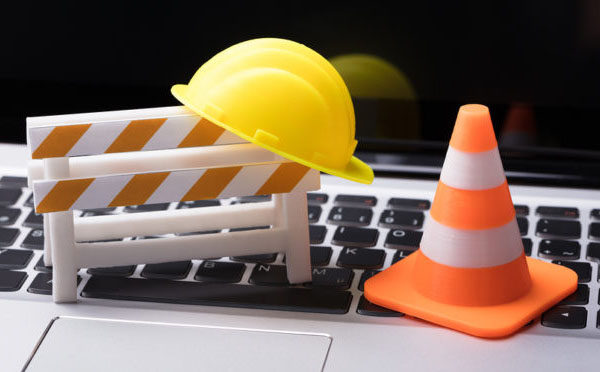🏢 9,000+ Organisations
🏆 6 x L&D/HR Awards
⭐ 4.8/5 Highly Rated
🧠 24 Years' Experience

We’ve all come across those situations where we think we’ve communicated effectively and yet it’s obvious there’s been some mis-interpretation or mis-understanding.
No matter how well we think we communicate, barriers exist, and it’s necessary to not only understand what they are and why they exist, but also what we can do about them. These barriers exist in every communication we experience, whether verbal or written. Here are the most common barriers to communication. See how many you’ve experienced in the past and identify if these barriers to communication can be dismantled.
Of all the barriers to effective communication, this one raises its head more often than most. Emotions can wreak havoc with understanding what messages we are trying to portray, whether they are positive or negative.
Our opinions are often based on our emotions and if we aren’t aware of how they are affecting our method of communication, it can cause challenges to our whole purpose in communicating with others.
How many times have you been talking to someone and just KNOW their mind is off with the fairies somewhere? People’s lack of attention, lack of interest in the subject, outside distractions or similar, can cause quite big barriers to effective communication
Every single person you communicate with is conditioned differently to you, so their perception may well be from a different angle. This barrier to communication can cause disagreements, anger, contention, even wars.
Being aware of how others see a situation can be valuable in assessing how to communicate with someone
We may think we have a message to give, but if we can’t express ourselves in away that enables the other person to understand, we cause complications.
This barrier to communication can be exacerbated when we haven’t planned our communication very well.
Phone calls, text messages, WhatsApp and other communication methods that rely on technology are often less effective than face-to-face communication.
Why so? Because we have lost the ability to see the responses of the other person and hence are unaware of their immediate reaction or response.
Various cultural and social interactions are abnormally affected when we communicate something that means a slight disconnect or dissonance between us. This barrier to communication can be seen at many levels, like the concept of personal space we like to adhere to, right up to how we live our lives.
By recognising what may be a barrier to communication, we build awareness of what might be happening when we communicate with others These and many other barriers can cause disconnection between people and cause misunderstandings. By being aware of what we experience as a barrier, we can start to dismantle and remove them, hence building the relationship with others instead of erecting fences.

Written by Sean McPheat
CEO of MTD Training and Amazon bestselling author. Sean writes about leadership, business, and personal growth, drawing on 20+ years of experience helping over 9,000 companies improve performance.
Updated on: 10 April, 2019
Related Articles

Search For More 